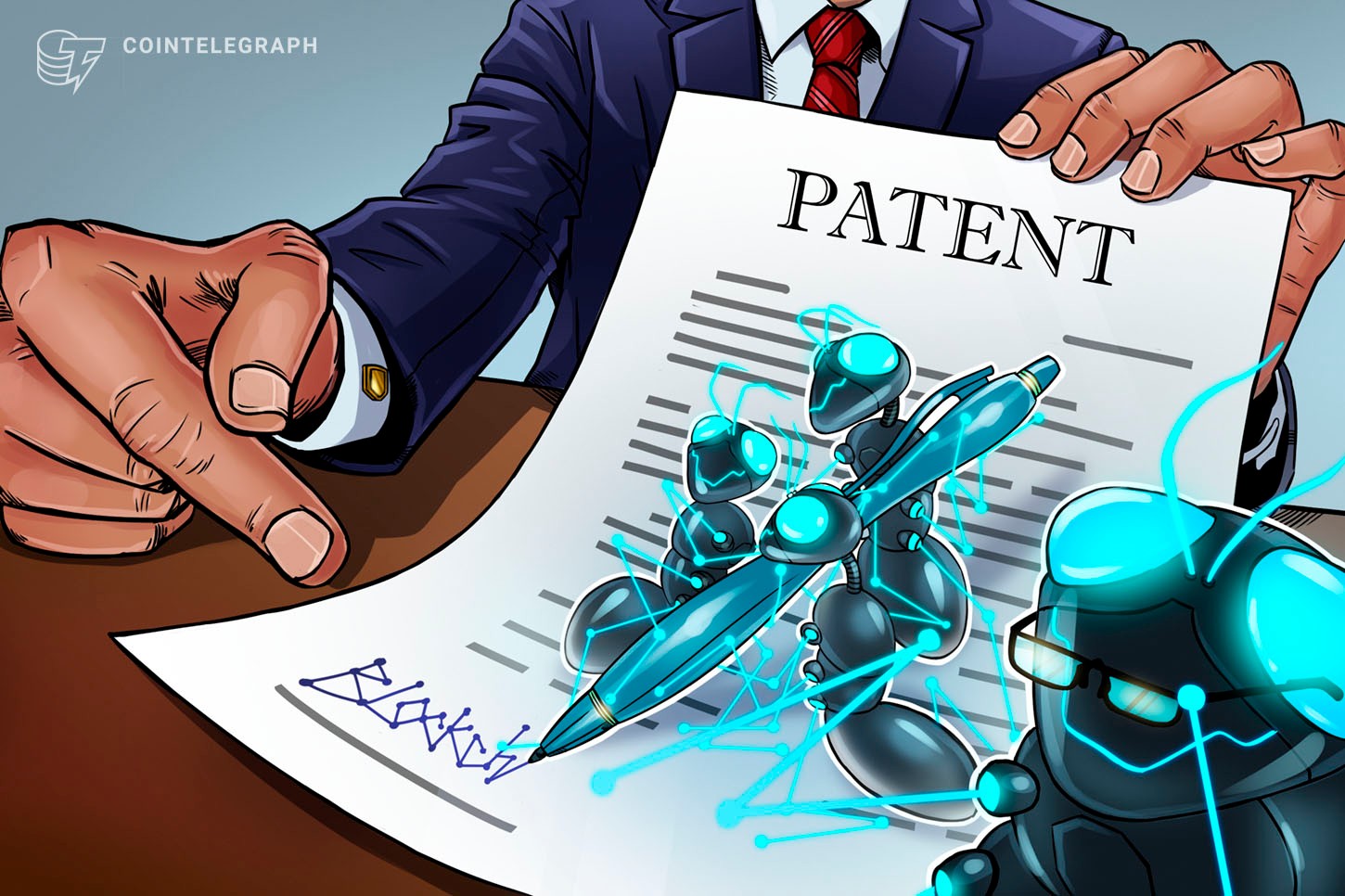Global consulting company Accenture has patented two solutions focused on blockchain interoperability, according to the data published by the United States Patent and Trademark Office (USPTO) on April 2.
The first patent, filed August 2018, patents a method for cryptologic blockchain interoperability. As described in the technical section of the patent, participants can share the token data stored on a distributed ledger (DLT) network by using a digital signature within the solution.
The document also mentions the ability to send a multi-signature certification message to a recipient who solicits information. According to the patent, the receiver can then verify the digital signatures via public keys.
The second patent, originally filed in September 2018, describes an interoperability smart contract solution that uses a pre-commit authorization. According to the patent, the sender is able to lock the token data on the blockchain while waiting for confirmation from the receiver.
As Cointelegraph previously reported, Accenture had filed another blockchain-related patent last summer aiming to upgrade its logistics network. According to documentation on the USPTO website, the company wants to secure, speed up and increase the efficiency of logistics movements by using blockchain technology.
Earlier in April, Accenture, along with IBM, Iota, Ripple, ConsenSys and others, joined the International Association of Trusted Blockchain Applications (INATBA) formed by the European Union. INATBA’s main goal is to bring blockchain and DLT into the mainstream.
In other patent news, USPTO recently granted a new blockchain patent to IBM that describes the implementation of the decentralized technology to manage data and interactions for self-driving vehicles.
Meanwhile, mainstream media corporation Thomson Reuters was awarded a patent for a blockchain-based identity management system. The service described by the patent is capable of receiving an identity from an identity provider system alongside validated identity data, and then storing it on a blockchain in an identity token.


